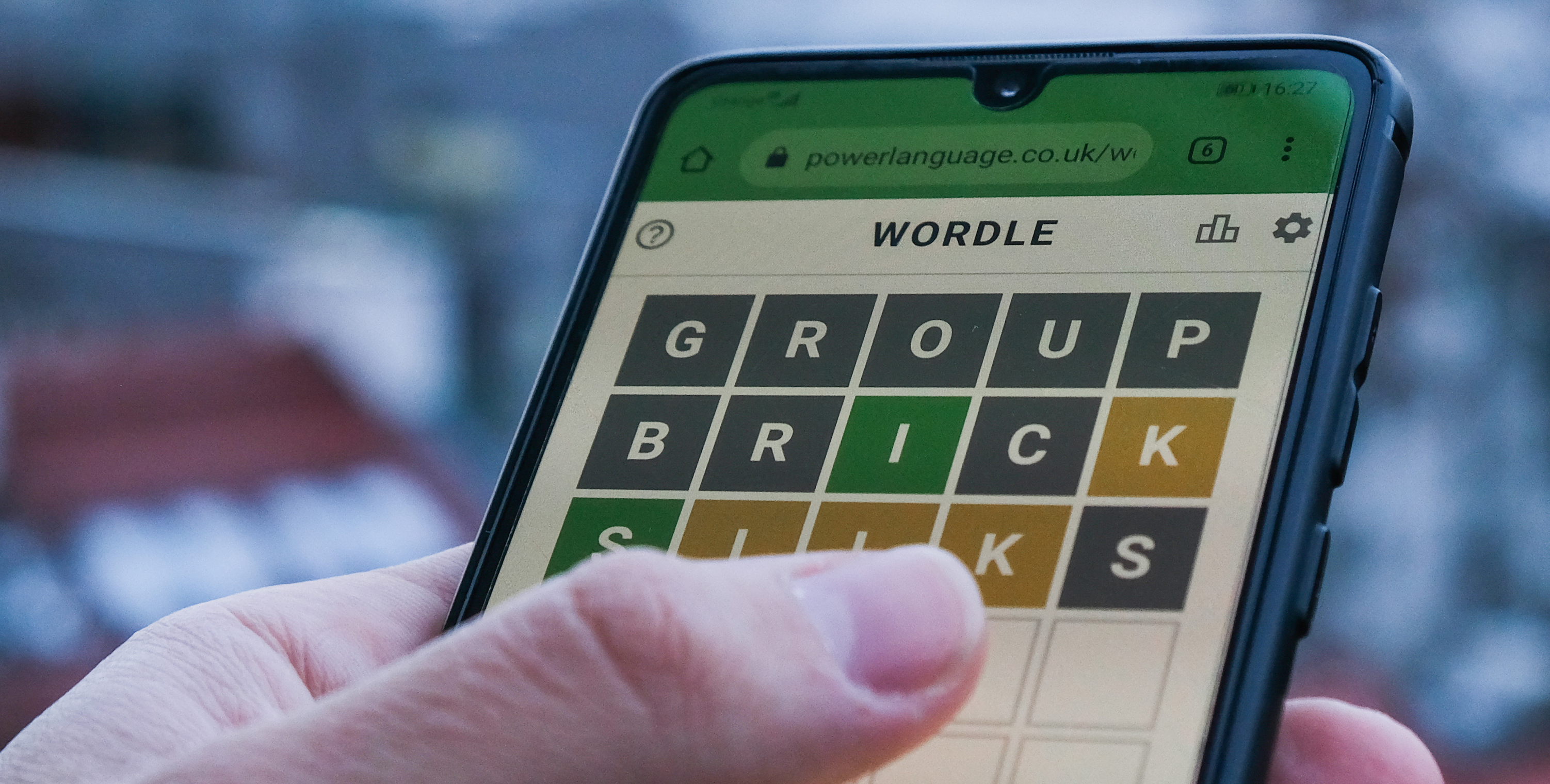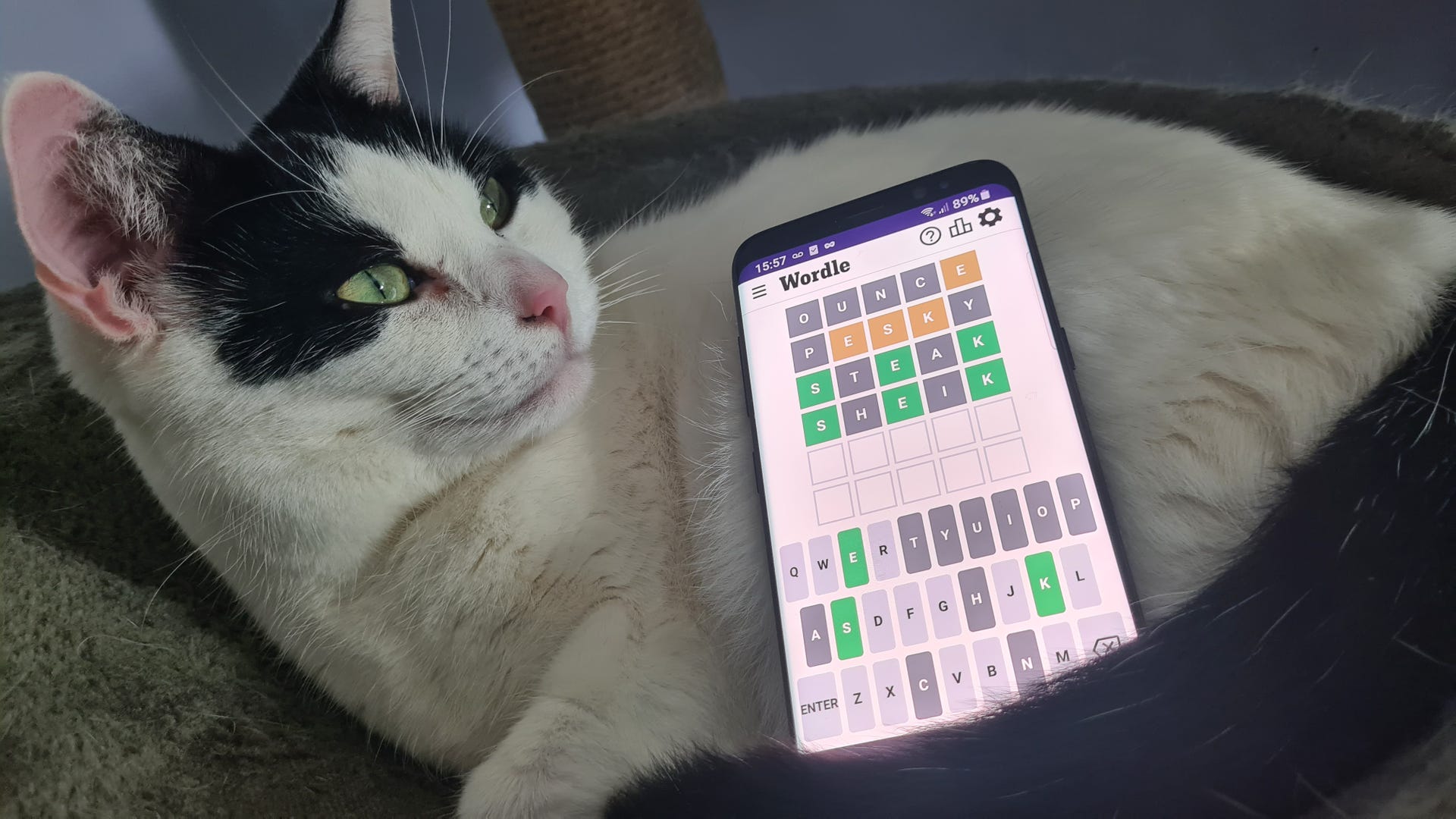
Nekojima Board Game Review
Nekokima is a Japanese term that translates as “cat island”, which is potentially something of a problem if you’re trying to wire up an electricity network in the area. That’s the premise for this curious and spectacular-looking dexterity board game from the wonderfully named Unfriendly Games in which you’ve not only got to stack up a crisscross of wires without them touching, but deal with an infestation of frisky felines who want to hang from the cat’s cradle you’ve inadvertently created.
What’s in the Box
Dexterity games often come packed with all sorts of unexpected objects, and Nekojima is no exception. The bulk of the box space is filled up with thick wooden dowels of various lengths, paired together with stiff bits of cord, from one of three different potential colors. Each color has two or three possible pairings of different-length dowels. They’re meant to represent pylons, with the cords as power cables.
The remainder of the contents are circumspect in comparison. There’s a thick, circular plastic board, divided into four quadrants, and a sheet of counters which include some sinuous, chunky cardboard cats. There are also two custom wooden dice and a collection of wooden cubes in the same three colors as the cords plus black, to match the cats. The cubes go into a supplied linen draw bag.
It’s not the most attractive game at first glance – the only art is on the board and it, alongside the dice icons, are more about function than form. But, as is often the case, the visual kicks in Nekokima come from what you do with the components rather than the pieces themselves.
Rules and How It Plays
Again, like many of the best dexterity games, this is a pretty simple affair. On your turn you’ll roll the two dice which will indicate two quadrants of the board. Sometimes you might get to choose, sometimes an opponent will get to pick instead. You then draw a cube from the bag, pick a pair of dowels – they’re called Denchuu, which is Japanese for “power pole” – and you place one dowel in one of the specified board quadrants, and the other in the other. Occasionally, both poles need to go in the same quadrant. Simple!
Except of course, it isn’t. The poles have a specific orientation with the cords at the top and, once placed, the cords are not allowed to touch any poles, or any other cords, nor to hang over the board edge. The first couple of placements are very straightforward, but very soon a web of cords will be threading across the board, necessitating much more imaginative and nimble placements. To make matters worse, you’re not allowed to tweak the cord position with your fingers: you can only adjust it by manipulating the two poles themselves. The cord is stiff, but still has a tendency to misbehave just when you think you’ve wrangled it into position.
If you finish placing the poles and the cords break this rule, you have to extract them and try again, which a sweaty-palmed ordeal in and of itself. But even when you succeed, your job may not be done. If you were unlucky enough to draw any black cubes on your turn, you have to keep drawing until you get a color, and then hang black cats on matching cords without, again, the cats or cords touching each other, the poles or the ground. There are a selection of such death-defying feline shapes, some of which are much easier to hang than others.
Naturally, the ground space on the board fills up very quickly, and players must then start to stack the poles atop one another. This is where the different heights of the poles on each denchuu become interesting, as, with a bit of thought, they allow you to make both easier and more interesting placements. You have no way of knowing what your opponents are going to roll, but you can certainly try to cramp their style by throwing a cord across an open area. This opens up all sorts of interesting risk versus reward decisions as regards how hard you want to make life for yourself in the quest to make life harder for your opponents, which all contributes toward forcing the tower higher.
As it turns out, the poles are thick enough to stack with a fairly high degree of stability, which is kind of both a blessing and a curse. The problem is that it can make the early game feel too easy as you pile poles atop each other and up into the stratosphere. The upsides are that it both makes the game look spectacular on the table as your man-made forest ascends to head-height, festooned with cats and bright-colored wires, and that it ensures an exciting endgame as the foundations finally begin to wobble. Hanging cats also has the potential to cause instant chaos, even on a relatively low tower.
If piling the poles competitively isn’t your thing, the game plays well both cooperatively and solitaire with a very simple rules change. Drawn cubes all slot into a level board that runs up to level seven, with four cubes per level. Your challenge, either solo or working in a group, is simply to beat the highest level you can. The interesting thing about playing this way is that it reverses the calculations needed to rope off areas and block them from other players: rather, you want to stack and twist in places that will make it easier to follow on. There are also a number of variants included to try, extending the game’s replay value by doing things like limiting the stack height, or playing in pairs with each player taking one of a denchuu.
Where to Buy
Get it at AmazonGet it at HatchetteGet it at Miniature Market
For more, check out our picks for the best RPG board games, as well as the best board games for adults to play now.








